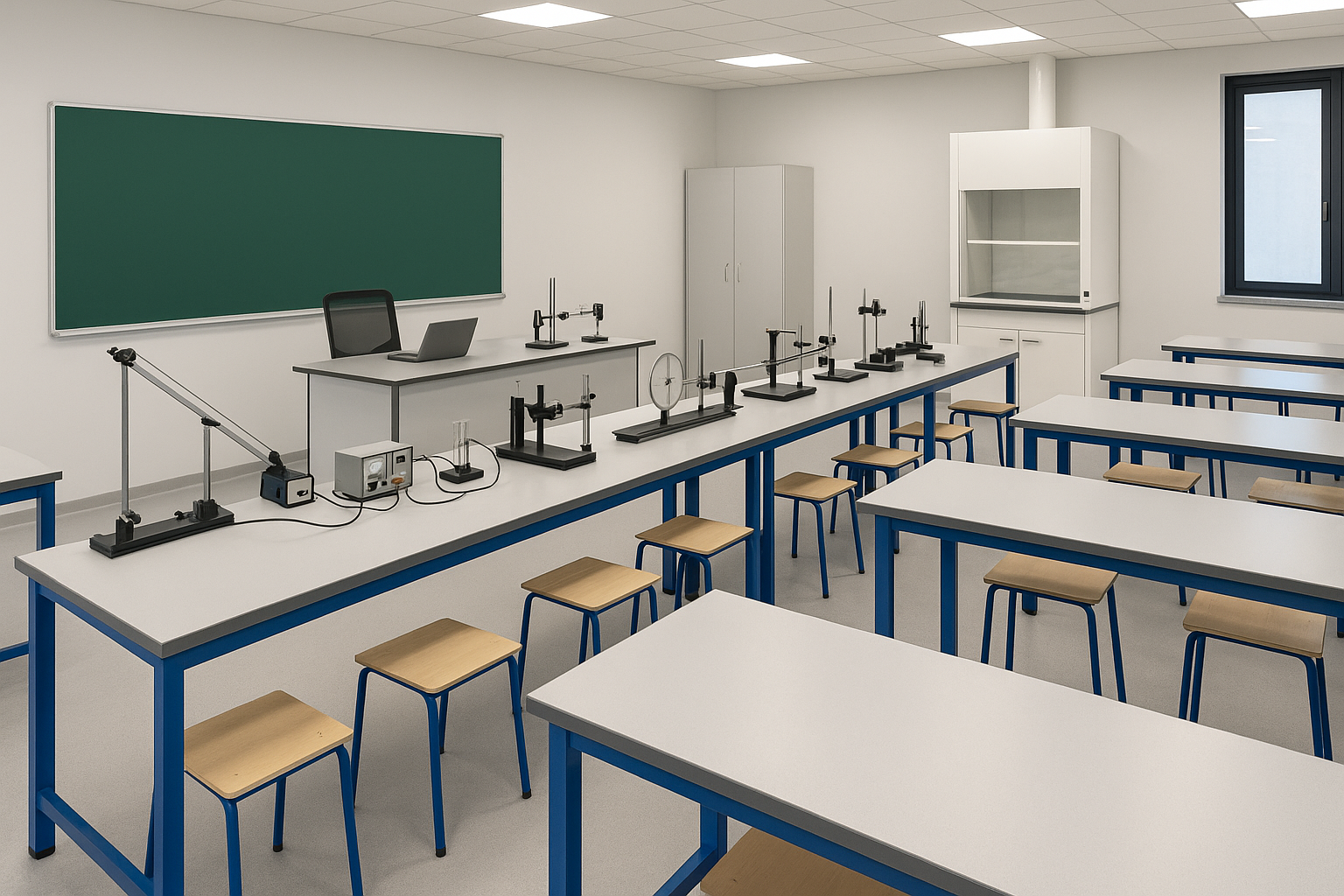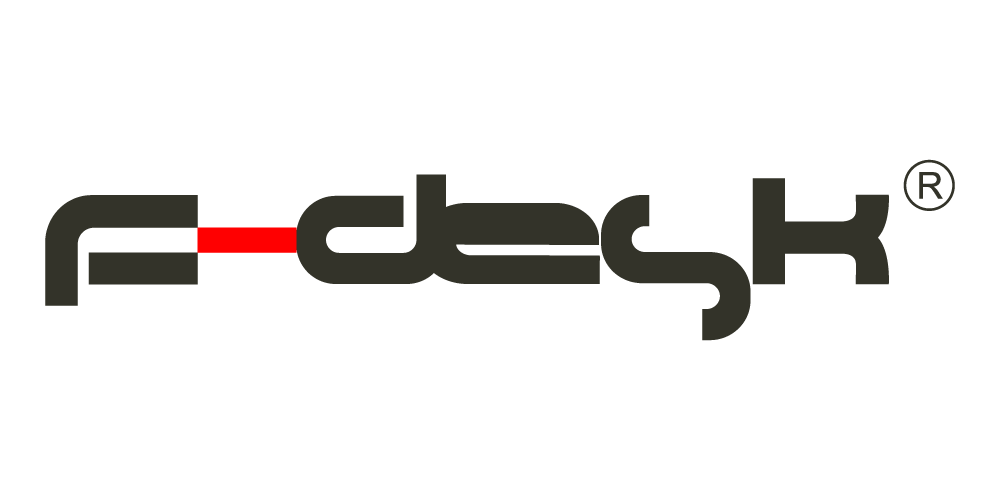Physics Laboratory Setup Guide: A Safe and Effective Experimental Space for Students

Physics laboratories are a critical part of the education system for students to learn experimental thinking and put theoretical knowledge into practice. However, these spaces should be equipped not only with knowledge but also with safety-oriented designs. The first step to establishing a safe physics laboratory is to plan a structure with chemical resistant surfaces, ergonomic student desks, fume hood systems and distribution lines such as electricity, gas and water under control. The teacher's desk should be positioned at a dominant point in the classroom, while student desks should be placed in a way that is open to interaction but does not block passage areas. Cable exits from the floor or in-wall lines can provide a secure infrastructure free from clutter.
The effective operation of these laboratories requires not only physical equipment but also a ventilation system, lighting planning and space management optimized for the number of students. Fume hood systems ensure the removal of harmful gases that may be generated during experiments and play a critical role, especially in optical, electromagnetic or energy conversion experiments. In addition, the height, edge structure and material type of the tables should vary according to the age group of the students. In conclusion, a well-designed physics laboratory should facilitate teacher control, guarantee student safety and increase learning motivation. For educational institutions, the right investment in these areas makes a big difference in strengthening students' scientific thinking skills.






